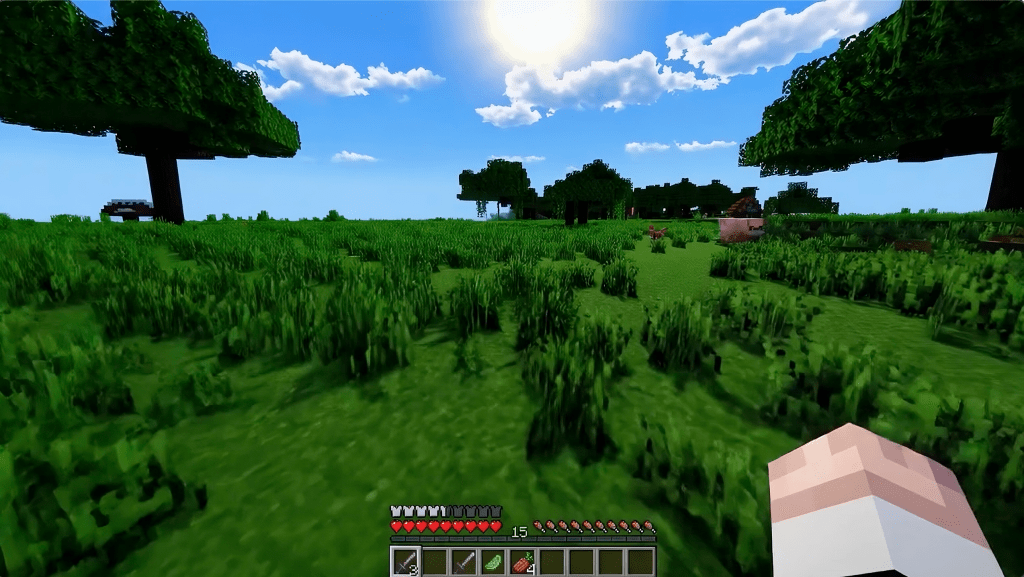OpenAI’s new — and first! — video-generating model, Sora, can pull off some genuinely impressive cinematographic feats. But the model’s even more capable than OpenAI initially made it out to be, at least judging by a technical paper published this evening.
The paper, titled “Video generation models as world simulators,” co-authored by a host of OpenAI researchers, peels back the curtains on key aspects of Sora’s architecture — for instance revealing that Sora can generate videos of an arbitrary resolution and aspect ratio (up to 1080p). Per the paper, Sora’s able to perform a range of image and video editing tasks, from creating looping videos to extending videos forwards or backwards in time to changing the background in an existing video.
But most intriguing to this writer is Sora’s ability to “simulate digital worlds,” as the OpenAI co-authors put it. In an experiment, OpenAI fed Sora prompts containing the word “Minecraft” and had it render a convincingly Minecraft-like HUD and game — and the game’s dynamics, including physics — while simultaneously controlling the player character.
OpenAI Sora can simulate Minecraft I guess. Maybe next generation game console will be "Sora box" and games are distributed as 2-3 paragraphs of text. pic.twitter.com/9BZUIoruOV
— Andrew White 🐦⬛/acc (@andrewwhite01) February 16, 2024
So how’s Sora able to do this? Well, as observed by senior Nvidia researcher Jim Fan (via Quartz), Sora’s more of a “data-driven physics engine” than a creative too. It’s not just generating a single photo or video, but determining the physics of each object in an environment — and rendering a photo or video (or interactive 3D world, as the case may be) based on these calculations.
“These capabilities suggest that continued scaling of video models is a promising path towards the development of highly-capable simulators of the physical and digital world, and the objects, animals and people that live within them,” the OpenAI co-authors write.
Now, Sora’s usual limitations apply in the video game domain. The model can’t accurately approximate the physics of basic interactions like glass shattering. And even with interactions it can model, Sora’s often inconsistent — for example rendering a person eating a burger but failing to render bite marks.
Still, if I’m reading the paper correctly, it seems Sora could pave the way for more realistic — perhaps even photorealistic — procedurally generated games from text descriptions alone. That’s in equal parts exciting and terrifying (consider the deepfake implications, for one) — which is probably why OpenAI’s choosing to gate Sora behind a very limited access program for now.
Here’s hoping we learn more sooner rather than later.
OpenAI’s newest model Sora can generate videos — and they look decent































Comment